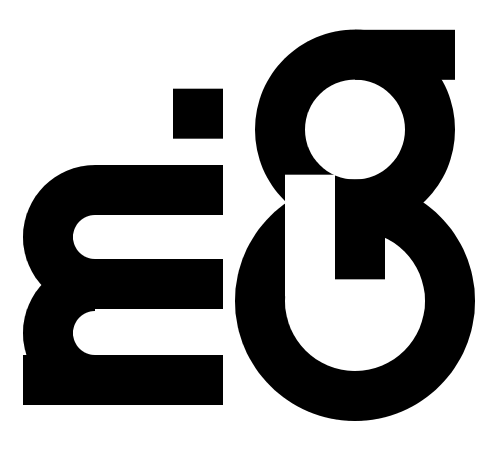Exploring the Latest in AI, Security, and Cloud Infrastructure from Google Next ’25
The tech world has been buzzing this week following Google Cloud Next 2025, held in Las Vegas starting on April 9th. This year’s event made it abundantly clear that artificial intelligence is not just the future, it’s the present of Google Cloud. From groundbreaking advancements in AI models to innovative platforms designed to empower developers and enterprises, Google unveiled a slew of new products and features aimed at ushering in an AI-powered cloud era.
Here are some of the most significant highlights from this year’s Google Cloud Next:
- Major Strides in Artificial Intelligence: At the heart of the announcements were significant advancements in Google’s AI capabilities, particularly the Gemini family of models.
- Gemini 2.5 Pro is now generally available in Google AI Studio, Vertex AI, and the Gemini app, touted as Google’s most intelligent AI model with enhanced reasoning.
- Introducing a new “thinking model,” Gemini 2.5 Flash, designed for low latency and cost efficiency, which will soon be available in Vertex AI. This model allows for controlling the depth of reasoning based on budget and performance needs.
- Google is also bringing Gemini models to on-premises environments through Google Distributed Cloud (GDC), partnering with NVIDIA for Blackwell systems and Dell, including support for air-gapped environments for high security and compliance.
- Revolutionizing AI Infrastructure: Google unveiled its 7th-generation Tensor Processing Unit (TPU), named Ironwood, built for AI inference and slated for availability later this year. Ironwood promises significant increases in compute (five times more peak compute capacity) and memory capacity (six times the high-bandwidth memory capacity) compared to previous generations. Each Ironwood pod packs over 9,000 chips, delivering 42.5 exaflops of compute power.
- Empowering the Agentic Era: A major theme of the event was the focus on AI agents.
- Google launched the AI Agent Development Kit (ADK), an open-source framework designed to simplify the building of sophisticated multi-agent systems while maintaining control over agent behavior. It’s claimed that an AI agent can be built with under 100 lines of code.
- ADK includes Agent Garden, a library of over 100 pre-built connectors for various tools, APIs, and cloud databases like BigQuery and AlloyDB.
- The Agent2Agent (A2A) protocol, an open communication standard, aims to allow AI agents from different vendors to collaborate. Over 50 partners have already signed up to this initiative.
- Google Agentspace is designed to bring AI agents to every employee, allowing them to find and synthesize information, converse with agents, and have agents take action within enterprise applications. It’s now integrated into the Chrome browser and features an Agent Gallery and Agent Designer for creating custom agents.
- A Unified Approach to Security: Google announced Google Unified Security, a new platform that integrates various security capabilities for improved cyber defense. This platform brings together threat intelligence, cloud security, Chrome browser security features, and Mandiant expertise into a single, AI-powered suite. New security agents powered by Gemini were also unveiled for automated alert triage and malware analysis.
- Connecting the Globe with Cloud WAN: Google’s high-speed, low-latency global private network, which powers services like Gmail and Search, is now available to enterprises worldwide as Google Cloud Wide Area Network (Cloud WAN). It promises up to 40% faster performance and up to a 40% reduction in total cost of ownership compared to customer-managed WAN solutions.
- Enhancements to Vertex AI: The unified platform for training, deploying, and managing AI models, Vertex AI, saw a 20x increase in usage in the past year. New updates include Vertex AI Dashboards for monitoring, enhanced training and tuning capabilities, Vertex AI Model Optimizer, and Live API for real-time multimodal interactions with Gemini. Generative media AI tools are also coming to Vertex AI, making it the only platform with generative models across video, image, speech, and music.
- AI Integration Across Google Workspace: Several AI-powered tools are being added to Google Workspace to improve productivity and workflows, including “Help me analyze” in Google Sheets, audio overviews in Google Docs, and Google Workspace Flows for automating repetitive tasks using agents.
- Database Innovations for the AI Era: Google Cloud is embedding AI technologies directly into its operational databases.
- AlloyDB AI is gaining new generative AI capabilities and agentic programming features with the Model Context Protocol (MCP), enabling Google Agentspace to search structured data in AlloyDB and offering next-generation natural language querying. AlloyDB’s vector search also shows significant performance improvements.
- Firestore with MongoDB compatibility is now in preview, providing developers with more choice for their document database workloads, leveraging MongoDB’s API portability along with Firestore’s scalability and availability.
Overall, Google Cloud Next 2025 underscored Google’s deep commitment to AI, making its advanced models and AI infrastructure more accessible and integrated across its cloud services. With a significant emphasis on security, productivity, and empowering developers, the event showcased a clear vision for an AI-driven future. It will be exciting to see how these innovations translate into real-world applications and continue to shape the technological landscape.

Leave a Reply